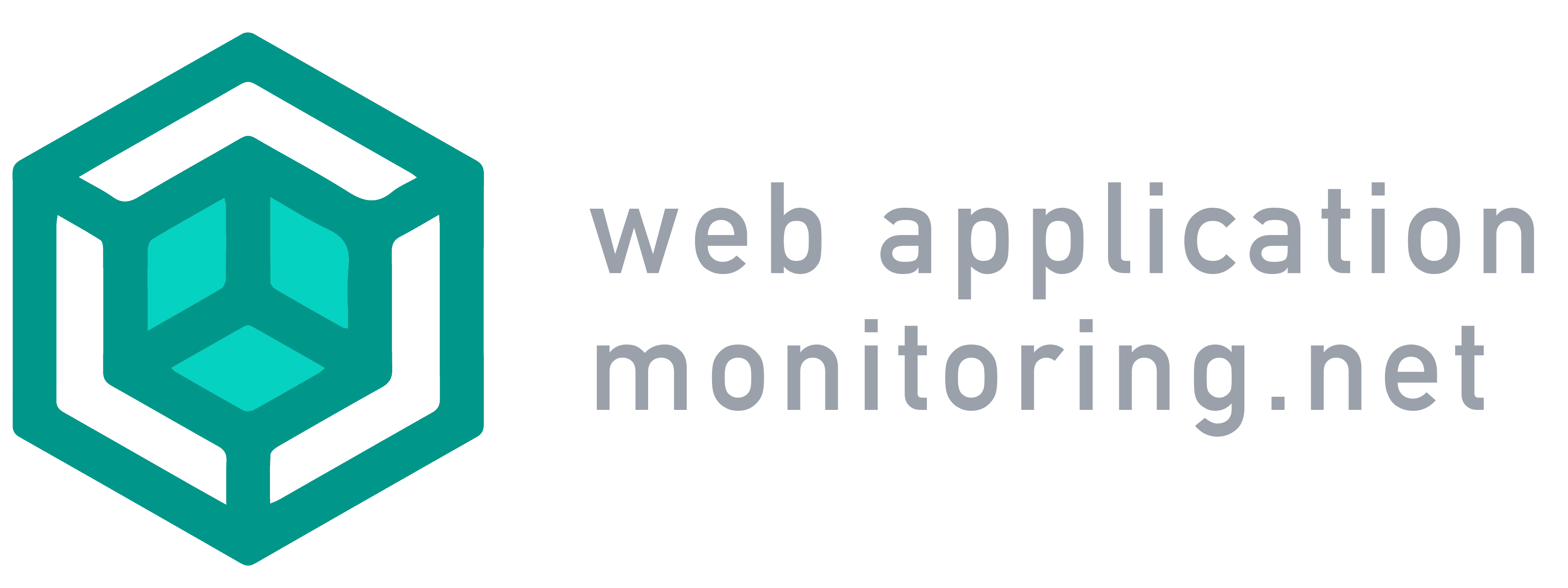Why You Need Web Application Security
Hacking is a real threat to all web applications. And because more and more sensitive data is being pushed online, web applications have become a prime target for hackers. Cyber-attacks happen in the realms of government, retail, healthcare, and finance. All of these realms contain sensitive user data that can be gathered and manipulated by bad actors. This includes social security numbers, which can used for identity theft, as well as credit card information.
Whatever your industry, any and all information contained in your web application about your users can be a juicy target for hackers. Most cyber threats make use of network connections. Per mobindustry.net, according to Corero, a single DDoS (denial of service) attack can cost a company around $50,000 in lost revenue. This can have serious consequences for your business, your reputation, and revenue downstream from the event itself as users are left with a negative impression of your web application and look to the competition for a better experience.
Cyber threats not only compromise your users’ data but also their trust in your business. This lost trust can cause an overwhelming amount of revenue loss and reputation damage, from which it may be difficult to recover. This is true for startups through to established companies.
Web application security is the name given to all the tools, equipment, and strategies used to defend your web application from cyber threats.
The following are some of the threats your web application might face:
- Cross-site Scripting (XSS)
- SQL injection
- DDoS attack
- Malware
- Bots
- Cross-Site Request Forgery (CSRF)
- mobindustry.net

Common Web Application Vulnerabilities
It’s important to know where the vulnerabilities lie before we can get into how to overcome them. Here’s a list of some common ones:
- Injection flaws: In this case, the attacker use corrupted data to gain access into your database and directories.
- Broken authentication: Sometimes a hacker may be able to break into a web application by stealing a user’s credentials. This can be avoided by using multi-step authentication.
- Sensitive data exposure: If data isn’t protected by encryption or other means, hackers can exploit an easy gateway into the database to the hacker.
- Missing function-level access control: If the server-side isn’t protected with the help of authorization tools, the hacker can gain easy access into the backend of your web application.
- Cross-site scripting: If a hacker is able to work with the links for users to the access the websites, the hacker might be able to get into the web application and do damage.
- Insecure direct object references: Exposed files or software may be an easy target for hackers who use enumeration techniques to get into the web application.
- Cross-site request forgery: This may be something like an ad or other such temptation for users so that when the user clicks on these links, the hacker gains information by spoofing legitimate interactions.
- Third-party components: If you use third-party components in your web application, and if the third-party components aren’t protected from cyber threats, they become another entry point for hackers.
- Unvalidated redirects and forwards: In this, the user is forwarded through a link to a malicious website where information can be stolen.
Many of these potential hazards depend on a failure in security involved in the authentication processes. If you’re able to provide a strong authentication system, some of these hazards can be avoided. Security measures must be taken during the development stage and after deployment of the web application into a live environment.
Web Application Security Best Practices
Documentation of Changes
It’s important to understand your web application will always require monitoring and updates to handle the changing web application security landscape.
There exists a tradeoff between satisfying users by changing the software as quickly as possible and being able to track the changes that are made to ensure consistency and secure best practices. An uncaught security risk may end up costing you a lot more than a slower development process.
As your software grows, new features are sometimes added. Sometimes, developers add these features with the help of third-party software that can compromise the security of your web application. If changes aren’t tracked, it may be impossible to know where the issue lies once a security threat arises. We recommend adopting a strong security mindset throughout your development processes.
This is one reason ongoing monitoring and audits of your web application can result in a superior product for your users. By building in a mentality of ongoing monitoring and thorough documentation, your engineering team will ultimately discover efficiencies that lead to better productivity, fewer engineering bottlenecks, and finally a better user experience. Documentation is an essential factor in keeping your web application secure, properly updated, and performative.
Classifying Potential Entry Points
Specific elements of your web application will be prime targets for hackers, such as those that involve business transactions and sensitive information. By dividing your software into modules and highlighting critical junctures based on security level priority, you can prevent most security threats. You can rank these as follows:
These include some of the most sensitive data mainly coming from users. This is where the meat lies for hackers. Hackers may want access to log-in information of customers through the login page, or try to steal private information through a checkout page.Serious modules
These may include the database where important information about the business and its customers is stored.
Normal modules
These parts of the software may not have direct proximity to sensitive data but they generally do require regular maintenance without as strong a security focus.
Using a Web Application Firewall
A firewall will help to filter some malicious software or data hackers try to inject to enter your web application. Firewalls allow for constant vigilance toward any and all data your web application interacts with and can ping your system and team if it sees and suspicious activity. Maximum security is possible when you use more complex web application firewalls that can stop attacks via SQL injection and/or cross-site scripting domain.
Encryption
HTTPS and HSTS level encryption are also recommended. SSL encryption must also be used in conjunction to protect data transfers between web applications and servers. Nevertheless, if a malicious actor gains access to your server, they can bypass the wall created by HTTPS encryption.
Anyone from an administrator to an employee who no longer works for your company can have access to your server. Hashing and encryption are two ways to protect your data from those who have access, but proper security measures on the human level are always necessary.
Penetration Testing
Penetration testing is a helpful tactic when it comes to security testing. With it you can emulate real world scenarios through which a specialist will use any and all means to access your system, using programming tools and even physical approaches.
Penetration testing will give you an idea about what type of threats are out there and help create a worksheet you can use as a reference when performing security checks on your web application. This process should test your system from every conceivable angle to make sure all security concerns are considered.
Penetration testing allows you to see threats before they occur, because a specialist will harass your web application from all angles to check and see which are vulnerable. This type of testing requires a specialized skillset by an expert who will make a record of the entire process. Hiring an outside party to audit your web application for security issues is likely to expose flaws you or your developers have missed.
Regular Updates
Your own software and third-party services you utilized must be regularly updated. Third-party services may become an entry point for hackers so it’s important to be careful when you use them. Documentation here helps identify where changes have been made and where new vulnerabilities may arise.
It’s important to remove unnecessary third-party software, and software that is no longer supported, because these can become an easy target for hackers.
A First Step to Make Your Web Application Secure
Two-factor authentication is a great first step in securing your web application.
Tools like Dotcom-Monitor allow you to add additional security to your login processes with multi-factor authentication. When enabled, multi-factor authentication requires a Dotcom-Monitor account user to pass another check by entering a one-time password (OTP), in addition to their login and password, to access their account. A one-time password (OTP) is a numeric string sent to the user requesting access to the application. This additional layer of security is extremely helpful when sensitive data is being passed through accounts online, and highly recommended for serious businesses handling user accounts.
You can read more about two-factor authentication and web application security at Dotcom-Monitor’s knowledge-base.
